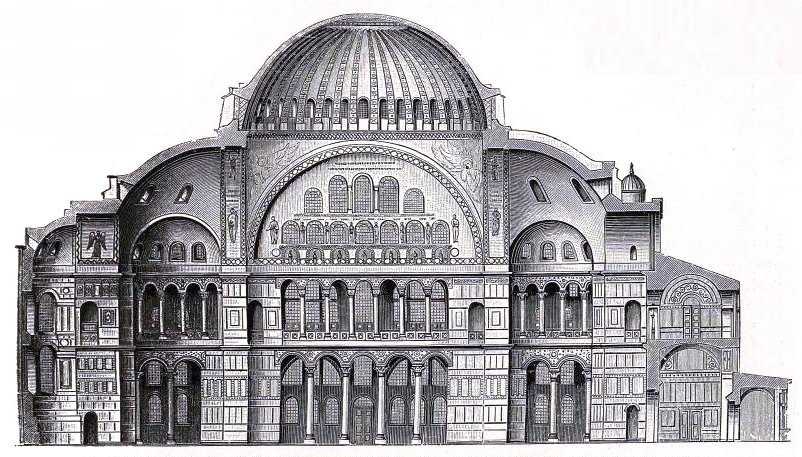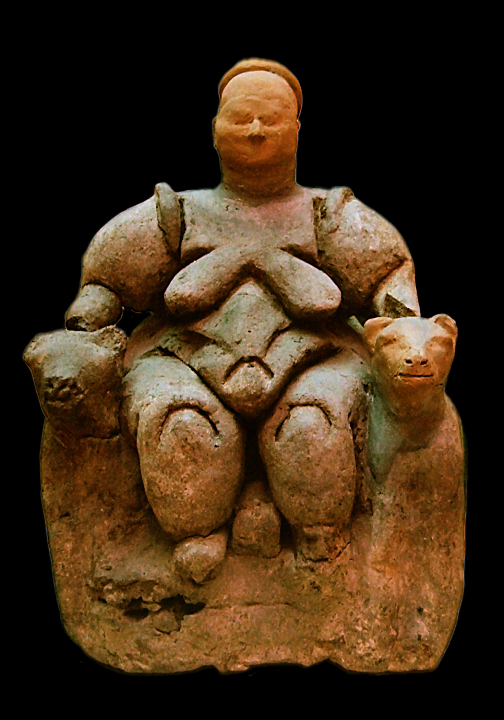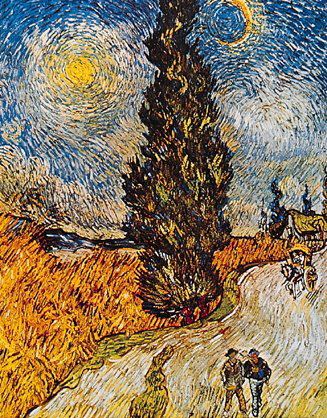Icon
![]() Word icon comes from Greek eikon – "Image”, "image”. Originally in Byzantium, this term was used to describe religious images, both in blackboard painting, and wall. Contemporaries, talking about the icon, they mainly mean this …
Word icon comes from Greek eikon – "Image”, "image”. Originally in Byzantium, this term was used to describe religious images, both in blackboard painting, and wall. Contemporaries, talking about the icon, they mainly mean this …
Pictures
![]() Word icon comes from Greek eikon – "Image”, "image”. Originally in Byzantium, this term was used to describe religious images, both in blackboard painting, and wall. Contemporaries, talking about the icon, they mainly mean this …
Word icon comes from Greek eikon – "Image”, "image”. Originally in Byzantium, this term was used to describe religious images, both in blackboard painting, and wall. Contemporaries, talking about the icon, they mainly mean this …
 Byzantium
Byzantium
Byzantine art was formed from the Greco-Roman tradition and its combination with oriental elements. It is considered the culmination point of the development of early Christian art, a was born after Constantine moved the capital of the Roman Empire to Byzantium in 330 r. The greatest artistic activity …
 Ancient Greeks and their heirs – Romans
Ancient Greeks and their heirs – Romans
Most of the ancient cities, visited by tourists in Turkey, the Greeks raised up, who are undoubtedly the first builders in the history of mankind, constantly striving to discover the eternal and right rules of form and proportion. Even if we visit cities …
 Turkey is a patchwork of many cultures of our world. Here we find traces of the Hittites, examples of Greek and Roman ancient architecture, buildings from the Byzantine period and extremely interesting Turkish monuments. In museums we will admire, among others. beautiful ancient carvings, Byzantine mosaics and magnificent Ottoman specimens …
Turkey is a patchwork of many cultures of our world. Here we find traces of the Hittites, examples of Greek and Roman ancient architecture, buildings from the Byzantine period and extremely interesting Turkish monuments. In museums we will admire, among others. beautiful ancient carvings, Byzantine mosaics and magnificent Ottoman specimens …
 DIVISIONAL INVOICE
DIVISIONAL INVOICE
1. Many people, insensitive to the effects of harmony, colors and lights, he saw in the technique of neo-impressionists only a way. This method, which ensures the achievement of the desired results thanks to the purity of the color elements, their proper dosing and perfect blending in the viewer's eye, does not have to …
 CONTRIBUTION OF NEOIMPRESSIONISTS
CONTRIBUTION OF NEOIMPRESSIONISTS
1.W 1886 r. at the last exhibition of the Impressionist group (8 Painting exhibition with the participation of Mrs. Marie Bracquemond, Panny Mary Cassatt, Gentlemen of Degas, Showman, Gauguin, Guillaumin, Pani Berthe Morisot, Gentlemen Camille Pissarro, Lucien Pissarro, Odilon Redon, Rouart, Schuffenecker, Seurat, Signac, …
 Conviction, that the neo-impressionists are painters, who cover their canvases with small dots of variegation, is a very common mistake. We'll prove it later, but we are already stating, that this irrelevant scoring method has nothing to do with the aesthetics of the painters, which we undertake to defend, nor with …
Conviction, that the neo-impressionists are painters, who cover their canvases with small dots of variegation, is a very common mistake. We'll prove it later, but we are already stating, that this irrelevant scoring method has nothing to do with the aesthetics of the painters, which we undertake to defend, nor with …